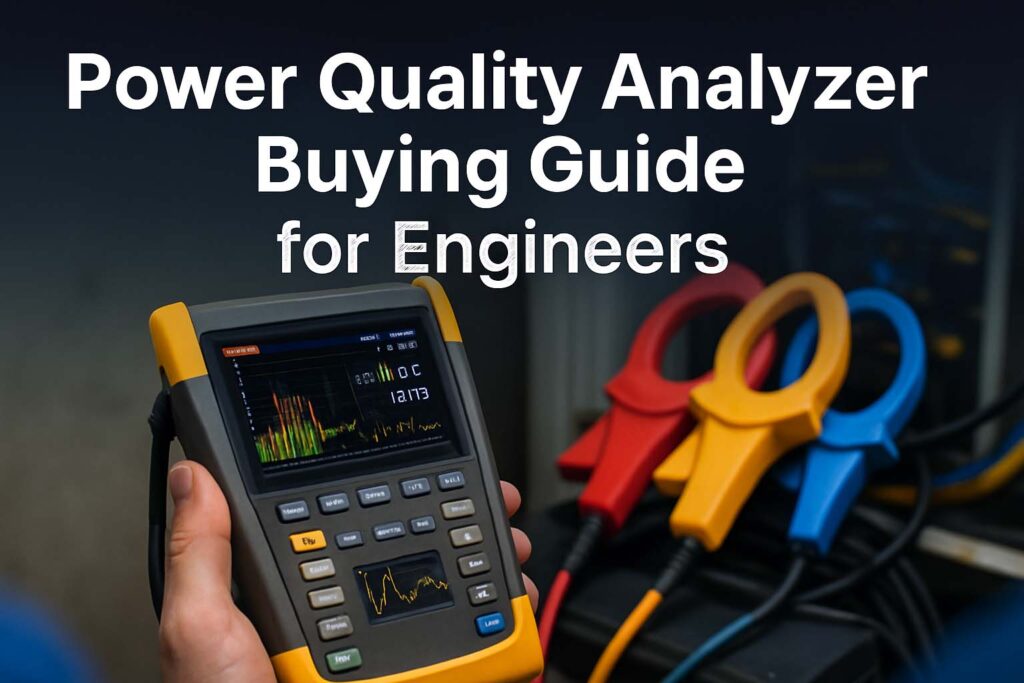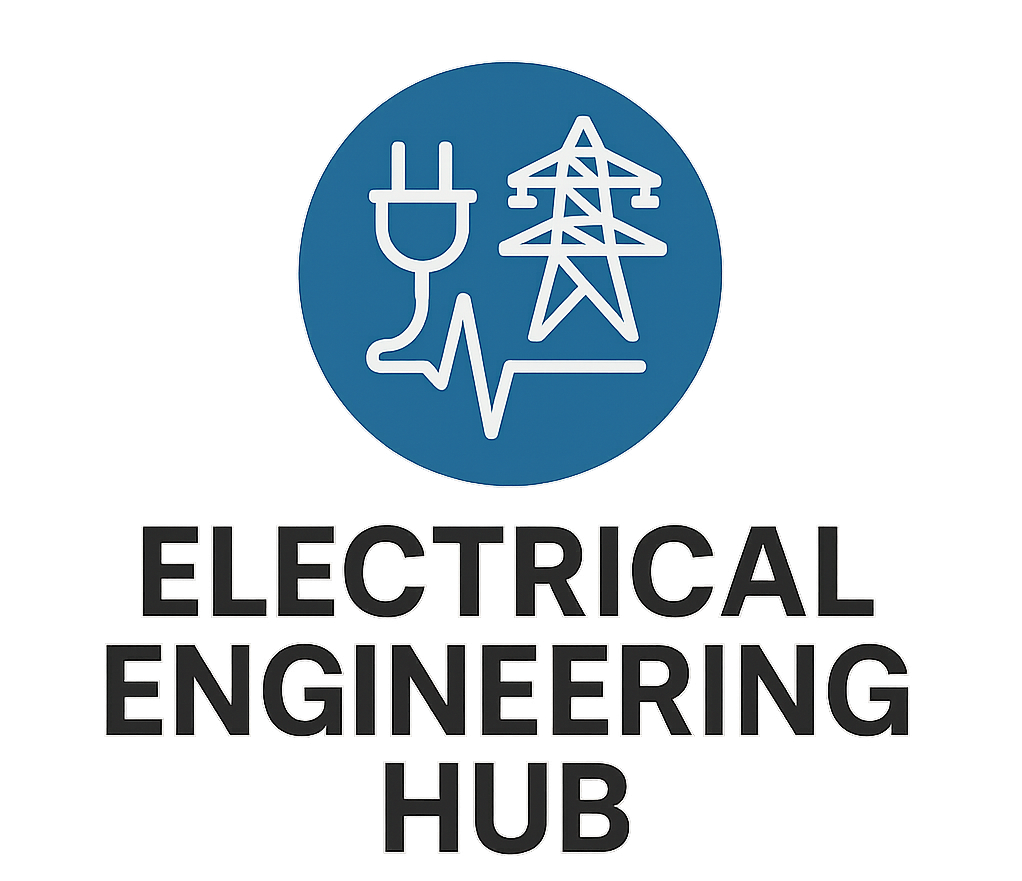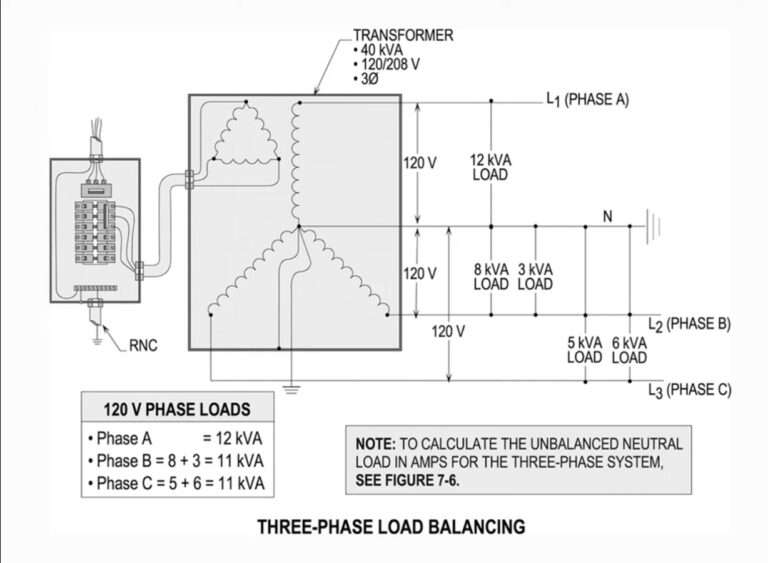Power Quality Analyzer Buying Guide for Engineers
Understanding the importance of power quality is essential for every electrical engineer. With industries becoming increasingly reliant on sensitive electronic equipment, ensuring clean, reliable power has become more important than ever. That’s where a power quality analyzer comes in.
Table of Contents
Table of Contents

This Power Quality Analyzer Buying Guide for Engineers is crafted to help you choose the right device for your applications with confidence. We will break down the technical insights, features, types, and selection tips engineers need when purchasing a power quality analyzer.
What Is a Power Quality Analyzer?
A power quality analyzer is an advanced diagnostic tool used to monitor and assess the health of electrical power systems. It detects issues such as voltage dips, harmonics, transients, frequency variations, and power factor problems. For engineers, these tools are essential for troubleshooting power disturbances, identifying inefficiencies, and ensuring compliance with electrical standards.
The need for such analysis arises in industrial setups, commercial buildings, renewable energy systems, and utility substations. With rising sensitivity in equipment and more distributed energy sources, the demand for accurate power quality monitoring has grown rapidly.
Why Do Engineers Need This Guide?
This Power Quality Analyzer Buying Guide for Engineers addresses the major challenges engineers face while selecting a power quality analyzer. With so many models and specifications available in the market, it’s easy to feel overwhelmed. Whether you’re working on an industrial energy audit, utility grid compliance, or just need a tool for troubleshooting, knowing what to look for is key.
Let’s explore the most crucial factors you must consider before buying.
Know more about Best Megger Testers for Industrial Use (2025)
Key Parameters Monitored by Power Quality Analyzers
Before choosing the right device, you must understand what parameters power quality analyzers typically measure:
| Parameter | Description |
|---|---|
| Voltage and Current | Measures RMS, peak, and average values |
| Frequency | Detects deviation from the standard system frequency |
| Harmonics | Measures THD and individual harmonic components |
| Transients | Captures fast voltage or current spikes due to switching or faults |
| Voltage Dips/Swells | Identifies short-term decreases or increases in voltage |
| Power Factor | Indicates how efficiently power is being used |
| Flicker | Detects visual fluctuations in lighting caused by voltage variations |
| Energy Consumption | Tracks real-time and accumulated energy (kWh) |
Engineers should select an analyzer that can measure most of these parameters depending on their applications.
Types of Power Quality Analyzers
Choosing the right type is a major part of the Power Quality Analyzer Buying Guide for Engineers. Analyzers come in different forms, depending on their use cases.
Handheld Analyzers
These are portable units best suited for on-site troubleshooting, maintenance checks, and quick diagnostics. They are lightweight and easy to carry, but may have limited storage and advanced capabilities.
Permanent Installations
These are fixed analyzers that provide continuous monitoring and data logging. They’re perfect for long-term power quality analysis in data centers, substations, and manufacturing plants.
Clamp-on Analyzers
Designed for non-invasive current and voltage measurements. These are ideal for field engineers needing a quick overview without disconnecting circuits.
Know more about Insulation Resistance Testing: Step-by-Step Process
Hybrid Models
Some modern power quality analyzers combine handheld and permanent features. These hybrid units offer advanced features like remote connectivity, Wi-Fi data transfer, and large memory capacity.
Features to Look for in a Power Quality Analyzer
Measurement Accuracy
High accuracy ensures the reliability of your data. Look for models with ±0.1% or better for voltage and current measurements. Engineers working on compliance verification must not compromise here.
Sampling Rate
A higher sampling rate allows capturing fast transient events. For example, capturing events under 1 ms requires sampling rates of 512 samples/cycle or more.
Data Storage Capacity
If you’re conducting long-term studies, ensure the analyzer has enough internal memory or supports external SD cards or USB drives.
Display and Interface
Modern analyzers feature high-resolution color displays with graphical interfaces. Ease of use is critical when you’re working on-site or under time pressure.
Know more about Short Circuit Calculation Methods: IEC vs ANSI
Communication Ports
Select a model with multiple communication options like USB, Ethernet, RS-485, Modbus, or Wi-Fi. These allow easy data export and remote monitoring.
Battery Life
In field applications, battery runtime matters. Opt for analyzers with long-lasting lithium-ion batteries or hot-swappable packs.
Safety Ratings
Check for CAT III or CAT IV safety compliance. This ensures the device can handle high-voltage environments safely.
Software Support
Good software can make a huge difference. It helps in viewing, exporting, and analyzing the data collected by the analyzer. Look for platforms that support data visualization, reporting, and integration with other engineering tools.
Application-Specific Buying Tips
For Industrial Engineers
Focus on models that measure harmonics, load imbalances, power factor, and transient voltages. Continuous monitoring is often essential in such environments.
For Utility Engineers
Compliance with standards such as IEC 61000-4-30 Class A is important. Look for advanced event capture, waveform recording, and time synchronization.
For Energy Auditors
Prioritize analyzers with precise energy logging, load profiling, and report generation features. Portability and ease of use are also key.
Know more about IEC Standard for Distribution Transformer
For Maintenance Engineers
Handheld units with basic features, fast setup, and real-time data display are usually sufficient for everyday use.
Standards and Certifications to Consider
When buying a power quality analyzer, it’s crucial to ensure it complies with recognized industry standards. This ensures the accuracy, safety, and reliability of your readings.
| Standard | Purpose |
|---|---|
| IEC 61000-4-30 | Defines measurement methods and accuracy levels |
| IEC 61000-4-7 | Harmonics and interharmonics measurement |
| IEC 61000-4-15 | Flicker measurement standards |
| EN 50160 | Voltage characteristics in public distribution |
| IEEE 1159 | Recommended practices for power quality monitoring |
Devices compliant with these standards provide engineers with dependable data suitable for professional applications.
Price vs. Performance
Not all expensive analyzers are suitable for every job. Conversely, choosing a cheap model might lead to misleading results. Here is a simplified comparison:
| Price Range | Suitable For | Key Features |
|---|---|---|
| $500 – $1500 | Basic diagnostics, small installations | Limited parameters, handheld, no memory logging |
| $1500 – $5000 | Mid-range industrial or commercial setups | Harmonics, transients, real-time data |
| $5000 and above | Utilities, research, high-end industries | Class A compliance, waveform capture, cloud sync |
Your choice should depend on both your technical requirements and budget. Overspending without need or underspending without features will both cause problems down the road.
Know more about How to Use Megger Insulation Tester MIT2500
Common Mistakes Engineers Should Avoid
One of the goals of this Power Quality Analyzer Buying Guide for Engineers is to help you avoid common buying errors:
- Ignoring Standards: Always choose analyzers certified for IEC or IEEE standards.
- Overlooking Sampling Rate: A low sampling rate might miss fast transients or switching events.
- Not Considering Future Needs: Choose a device with flexibility and future expandability.
- Neglecting Training: Make sure the device is easy to learn or comes with technical support.
- Assuming All Analyzers Are the Same: Each model has strengths and limitations—know them before you invest.
Recommended Brands in the Market
Some reputable manufacturers for power quality analyzers include:
- Fluke – Reliable and user-friendly tools for field engineers.
- Hioki – Known for precision and durability.
- Dranetz – Ideal for utility and research-grade monitoring.
- Yokogawa – High-end analyzers for long-term system monitoring.
- Megger – Trusted for robust, industrial-grade equipment.
Always compare based on specific model reviews, not just brand name.
Final Thoughts
Choosing the right device is more than picking the latest or most expensive model. It’s about aligning the tool with your actual needs. This Power Quality Analyzer Buying Guide for Engineers gives you a solid foundation to evaluate options effectively. Whether you’re solving power issues, conducting audits, or ensuring system reliability, the right analyzer will save you time, money, and headaches.
Follow Us on Social:
Subscribe our Newsletter on Electrical Insights for latest updates from Electrical Engineering Hub
#PowerQualityAnalyzer, #ElectricalEngineering, #EngineeringTools, #PowerMonitoring, #PowerQuality, #PQAnalyzer, #EnergyAudit, #ElectricalSafety, #BuyersGuide, #EngineerTools, #VoltageMonitoring, #CurrentAnalysis, #HarmonicDistortion, #SmartGridTech, #ElectricalInstrumentation





